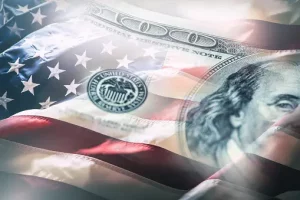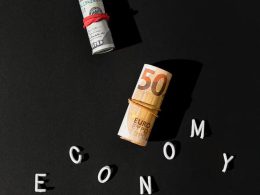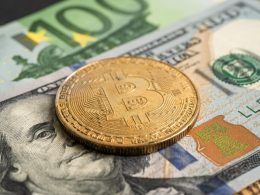Introduction
BlackRock, the world’s largest asset manager, has made a significant move in the investment world, shifting billions into an active exchange-traded fund (ETF). This move marks a new era for investors, highlighting the growing trend of model portfolios and the increasing popularity of active ETFs.
The Rise of Model Portfolios

Model portfolios have become a popular investment strategy in recent years. These portfolios offer investors and financial advisors a pre-built investment plan, allocating assets to various buckets and investing in funds that fit those categories. BlackRock’s move to add the U.S. Equity Factor Rotation ETF (DYNF) to its target allocation model portfolio is a significant endorsement of this strategy.
Active ETFs: A New Breed of Investment
Active ETFs are a relatively new breed of investment, offering the flexibility and tradability of ETFs with the potential for outperformance through active management. The U.S. Equity Factor Rotation ETF (DYNF) is a prime example of this, aiming to identify companies that excel in historical investing factors such as quality, size, and momentum.
A Billion-Dollar Influx
BlackRock’s move has led to a significant influx of capital, with over $2 billion in assets pouring in during the final days of January and an additional $3 billion in net inflows following in less than a week in March. The fund’s assets under management (AUM) have now reached nearly $7.7 billion.
Implications for Investors
BlackRock’s move has significant implications for investors. The growing trend of model portfolios and active ETFs offers investors access to a wider range of investment options and the potential for outperformance through active management. However, it’s essential to approach these investments with a clear understanding of the fees and risks involved.
Conclusion
BlackRock’s billion-dollar bet on active ETFs marks a new era for investors. As model portfolios and active ETFs continue to grow in popularity, investors have access to a wider range of investment options and the potential for outperformance. With the right knowledge and approach, investors can harness the power of active ETFs to achieve their investment goals.












